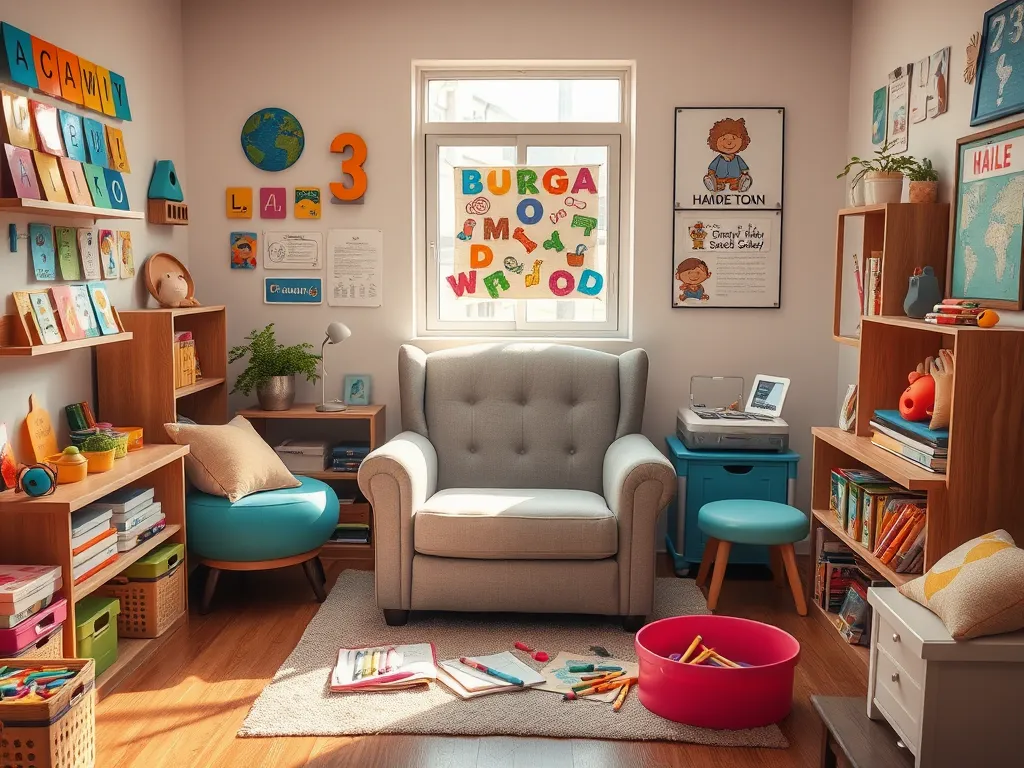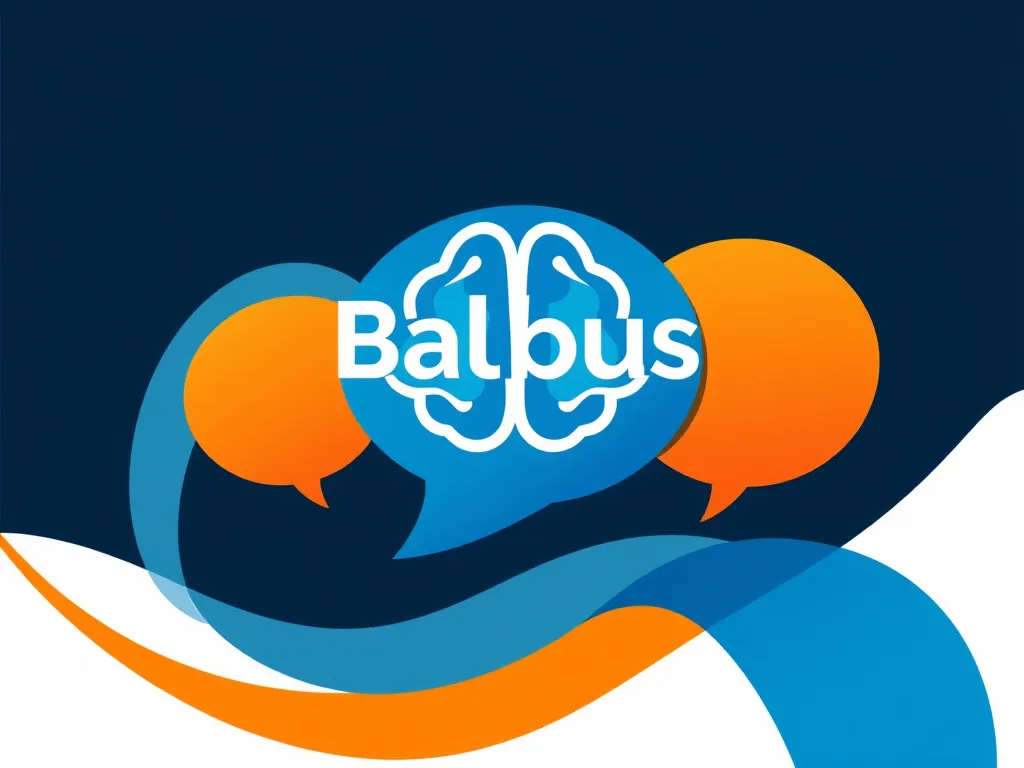Engaging Articulation Therapy Methods for Clear Speech

Understanding Articulation Therapy: Techniques and Approaches
Articulation Therapy is a specialized program designed to help individuals improve their ability to produce speech sounds correctly. This therapy primarily targets pronunciation and sound clarity, addressing articulation disorders like speech sound substitutions, omissions, or distortions. It is commonly employed for children who experience difficulties in speaking, as well as adults recovering from injuries or conditions affecting speech.
Many children benefit from a tailored approach to speech improvement, such as Articulation therapy, which focuses on clear pronunciation.
One of the primary goals of Articulation Therapy is to enhance communication skills, building confidence in social interactions. Treatment often includes a combination of techniques that focus on teaching the proper position, movement, and coordination of the articulators (tongue, lips, teeth, and palate). Speech-language pathologists (SLPs) work closely with clients, creating individualized plans based on their specific needs and progress.
In recent years, Articulation Therapy has evolved, incorporating various methodologies and technologies. Traditional practices have been enriched with dynamic approaches that engage clients more effectively. In addition to the common phonetic placements and drill practices, modern strategies include interactive activities and technological tools that make learning more enjoyable.
Family involvement is also crucial in Articulation Therapy. Engaging parents and caregivers in the process can lead to better outcomes as they help reinforce skills and techniques at home. This collaborative approach enhances motivation and ensures that practice extends beyond therapy sessions, allowing for consistent progress.
Assessment and evaluation are fundamental to the success of Articulation Therapy. Practitioners use a range of assessment tools to diagnose articulation disorders accurately, tailoring therapy strategies to meet the unique needs of each individual. A combination of standardized assessments, dynamic evaluation methods, and observational techniques during play can provide a comprehensive understanding of a client's articulation challenges.
Traditional Articulation Therapy Techniques
Traditional Articulation Therapy often begins with phonetic placements for sound production. This technique involves teaching individuals how to position their tongue, lips, and jaw to produce specific sounds correctly. By focusing on the physical mechanics of speech, therapists can guide clients through the process of making distinct sounds, whether it be a simple 's' or a more complex sound like 'th'.
Drill-based practice techniques are another cornerstone of traditional Articulation Therapy. These involve repetitive practice of specific sounds and words in isolation, then gradually incorporating them into phrases and sentences. This systematic approach helps clients gain confidence and proficiency in their articulation, ultimately leading to more fluent speech patterns.
Utilizing minimal pairs in therapy is an effective strategy within traditional approaches. Minimal pairs are words that differ by only one phoneme, for example, 'bat' and 'pat'. By practicing these pairs, individuals can become more conscious of the nuances in sounds, helping them to distinguish between similar sounds and improve overall speech clarity.
Dynamic Approaches to Articulation Therapy
Dynamic approaches to articulation therapy prioritize interactive play-based methods. These techniques encourage active participation through games and activities that promote sound production in a fun, engaging environment. This approach not only motivates clients but also facilitates learning through exploration and creativity.
Incorporating technology and apps into articulation therapy has become increasingly popular. Various speech therapy applications provide interactive activities and personalized exercises that clients can practice independently. These tools often include visual feedback, making it easier for individuals to monitor their pronunciation and track improvements over time.
Feedback mechanisms during articulation practice are essential in dynamic approaches. Therapists often utilize immediate and specific feedback, reinforcing correct sounds while gently correcting errors. This technique aids clients in adjusting their speech in real-time, fostering quicker mastery of articulation skills.
Family Involvement in Articulation Therapy
Strategies for parent training in therapy play a significant role in enhancing outcomes for children undergoing articulation therapy. Educating parents on techniques, exercises, and ways to support their child's progress during sessions ensures consistent reinforcement of skills outside the therapist’s office.
Creating a supportive home environment is essential for the success of articulation therapy. Family members can help by integrating speech exercises into daily routines, fostering a positive atmosphere for practice. Celebrating small victories together also encourages children to take pride in their progress.
Using everyday conversation for practice is another effective method of involving family members in articulation therapy. Encouraging family members to be mindful of their speech and incorporate targeted sounds into discussions allows clients to practice in a natural setting, further solidifying their skills in real-world communication.
Assessment Tools for Articulation Therapy
Standardized speech assessments are critical for accurately diagnosing articulation disorders. These assessments provide measurable data on an individual's speech capabilities, enabling therapists to identify specific challenges and design appropriate intervention plans based on evidence.
Dynamic assessment techniques offer therapists insight into how clients learn and adapt during therapy. This approach assesses not only what individuals can do independently but also how they can improve with guidance. It provides a more holistic view of a client's abilities and potential, informing tailored strategies.
Observational assessment during play is another practical evaluation method. By observing clients during play activities, therapists can gain insight into their natural speech patterns and challenges. This method allows for a more comprehensive understanding of how articulation issues manifest in everyday situations, further informing therapy approaches.
Innovative Techniques for Improving Articulation
Using visual aids and gestures can enhance understanding and retention of articulation techniques. Visual representations of sound production (like diagrams of mouth movements) and gestures accompanying each sound can help clients internalize correct articulation processes more effectively.
Motor speech therapy methods have gained traction as innovative techniques for improving articulation. These methods emphasize strengthening the muscles involved in speech production, enhancing coordination and clarity. Through targeted exercises, clients build muscle memory for sound production, leading to more precise articulation.
Incorporation of music and rhythm in practice is an exciting trend within articulation therapy. Singing and rhythmic speaking encourage the practice of sounds in a playful way, making the learning process enjoyable. Music and rhythm also help to improve the timing and flow of speech, enhancing overall articulation skills.
